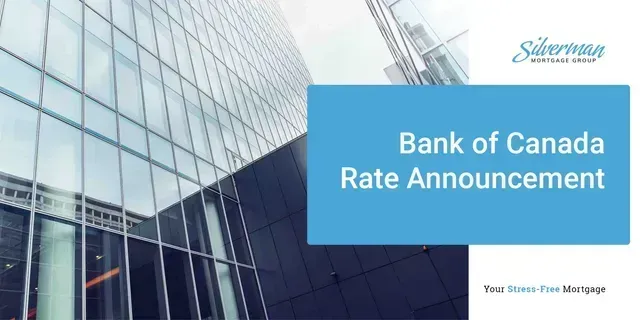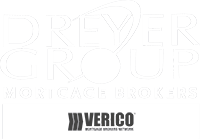Difference Between A Standard And Collateral Mortgage
Zach Silverman | October 11, 2023
When arranging mortgage financing, your mortgage lender will register your mortgage in one of two ways. Either with a standard charge mortgage or a collateral charge mortgage. Let’s look at the differences between the two.
Standard charge mortgage.
This is your good old-fashioned traditional or conventional mortgage. A standard charge mortgage is the mortgage you most likely think about when you consider mortgage financing. Here, the amount you borrow from the lender is the amount that is registered against the title, to protect the lender if you default on your mortgage. The lender's interest is tied solely to the property being financed.
When your mortgage term is up, you can either renew your existing mortgage or, if it makes more financial sense, you can switch your mortgage to another lender. As long as you aren’t changing any of the fine print, the new lender will usually cover the cost of the switch.
A standard charge mortgage has set terms and is non-advanceable. This means that if you need to borrow more money, you'll need to reapply and requalify for a new mortgage. So there will be costs associated with breaking your existing mortgage and costs to register a new one.
Collateral charge mortgage.
A collateral charge mortgage is a mortgage that can have multiple parts, usually with a re-advanceable component. It can include many different financing options like a personal loan or line of credit. Your mortgage is registered against the title in a way that should you need to borrow more money down the line; you can do so fairly easily. It is secured by more than just the property itself.
A home equity line of credit is a good example of a collateral charge mortgage.
Unlike a standard charge mortgage, here, your lender will register a higher amount than what you actually borrow. This could be for the property's full value, or some lenders will go up to 125% of your property's value.
In the future, if the value of your property appreciates, with a collateral charge mortgage, you don't have to rewrite your existing mortgage to borrow more money (assuming you qualify). This will save you from any costs associated with breaking your existing mortgage and registering a new one.
However, if you’re looking to switch your mortgage to another lender at the end of your term, you might be forced to discharge your mortgage and incur legal fees. Also, by registering your mortgage with a collateral charge, you potentially limit your ability to secure a second mortgage.
Quick overview of both.
Collateral Charge
✅ Flexibility: Access to other credit products without additional applications.
❌ Less flexibility when switching lenders.
💡 Useful for those planning to stick with one lender long-term.
📊 Might be registered for more than the property's purchase price.
Standard Charge
✅ Easier lender switching at the end of your term.
❌ Less access to additional credit without a new application.
💡 Ideal for those who want flexibility in seeking better terms or rates.
📊 Registered for the exact amount borrowed to buy the property.
So what’s a better option for you?
In summary, the key distinction between a collateral mortgage and a standard mortgage lies in the collateral used to secure the loan, the loan amount flexibility, and the terms and conditions associated with each type. Borrowers should carefully consider their financial needs and objectives before choosing between the two options, as each has its advantages and disadvantages.
With that said, undoubtedly, the best option is to work with an independent mortgage professional. It’s our job to understand the intricacies of mortgage financing, listen to and assess your needs, and provide valuable guidance in making the right choice for your specific situation. As we work with many lenders, we can provide you with options. Don’t get stuck dealing with a single institution that may only offer you a collateral charge mortgage when what you need is a standard charge mortgage.
So if you’d like to have a conversation about mortgage financing, please get in touch with our team here at Silverman Mortgage Group. It would be a pleasure to work with you and answer any questions you might have.





